Preventing Wasted Food At Home
Most people don't realize how much food they throw away every day — from uneaten leftovers to spoiled produce to parts of fruits and vegetables that could be eaten or repurposed.
One-third of all food in the United States goes uneaten. EPA estimates that in 2019, about 96 percent of households' wasted food ended up in landfills, combustion facilities, or down the drain to the sewer system. The remainder was composted.1
Preventing food from going to waste is one of the easiest and most powerful actions you can take to save money and reduce your environmental footprint.
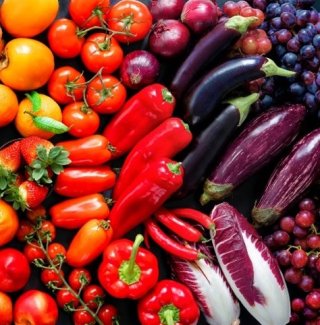
On this page:
- Benefits of Preventing Wasted Food at Home
- Ways to Prevent Wasted Food at Home
- Toolkits for Your Community and Your Home
- If You Can't Reduce Wasted Food, Divert It From Landfills
- Resources
- Sources of Statistics
Benefits of Preventing Wasted Food at Home
Save money by buying only what you need, eating what you buy, and avoiding throwing away food. The average family of four spends almost $3,000 per year on food that does not get eaten.
View the text on the Cash in the Trash Graphic below.
- Reduce your environmental footprint.
- Conserve resources and energy. When food is wasted, the land, water, energy, and other inputs that are used in producing, processing, transporting, preparing, storing, and disposing the food are wasted as well.
Ways to Prevent Wasted Food at Home
Planning, prepping, and storing food can help your household waste less food. Below are some tips to help you do just that:
Planning and Shopping Tips
Making a list with weekly meals in mind can save you money and time. If you only buy what you expect to use, you will be more likely to eat it all.
- Keep a running list of meals and their ingredients that your household already enjoys - that way, you can easily choose, shop for, and prepare meals that you are likely to consume.
- Look in your refrigerator, freezer, and pantry first to avoid buying food you already have. Make a list each week of what needs to be used up and plan upcoming meals around it.
- Plan your meals for the week before you go shopping and buy only the things needed for those meals.
- Make your shopping list based on how many meals you’ll eat at home. Consider how often you will eat out, if you plan to eat frozen precooked meals, and if you will eat leftovers for any of your meals.
- Include quantities on your shopping list noting how many meals you’ll make with each item to avoid overbuying. For example: “salad greens - enough for two lunches”.
- Buying in large quantities (e.g., buy one, get one free deals) only saves money if you use all the food before it spoils.
-
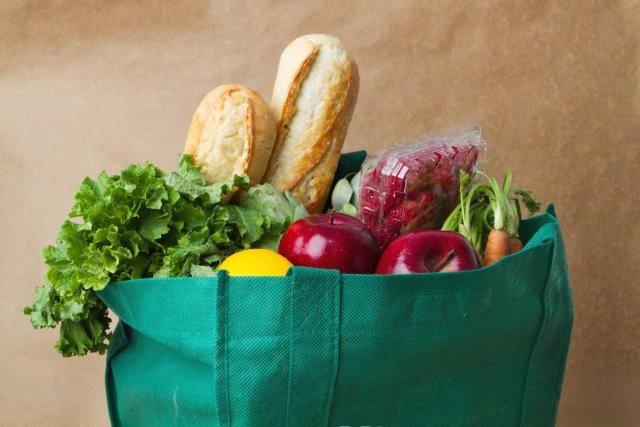
Buying food from bulk bins saves you money and reduces food waste and packaging if you purchase the amount of food you need. When buying in bulk, remember to store food properly in airtight, labeled containers.
- Purchase imperfect produce or upcycled products. Imperfect produce may have physical imperfections but is just as safe and nutritious and can sometimes be found at discounted prices. Upcycled products are made from ingredients that might have otherwise gone to waste.
Storage Tips
- Properly store fruits and vegetables for maximum freshness; they’ll taste better and last longer, helping you to eat more of them before they go bad.
- Most veggies, especially those that could wilt (such as leafy greens, carrots, cucumbers, and broccoli) should go in the high humidity drawer of the fridge.
- Most fruits, as well as vegetables that tend to rot (such as mushrooms and peppers), should go in the low humidity drawer of the fridge.
- Some fruits (such as bananas, apples, pears, stone fruits, and avocados) release ethylene gas as they ripen, making other nearby produce ripen, and potentially spoil, faster. Store these away from other produce.
- Wait to wash berries, cherries, and grapes until you’re ready to eat them to prevent mold.
- Some produce, such as potatoes, eggplant, winter squash, onions, and garlic, should be stored in a cool, dry, dark, and well-ventilated place.
- Make sure you are properly storing food in your refrigerator.
- The refrigerator door is the warmest part of the fridge. You can store condiments there, but it is not recommended to store milk or eggs in the door.
- The lower shelves are the coldest part of the fridge. Store meat, poultry, and fish here.
- Refrigerators should be set to maintain a temperature of 40 °F or below.
- Store grains in airtight containers and label containers with contents and the dates.
- Befriend your freezer and visit it often. Freeze food such as bread, sliced fruit, meat, or leftovers that you know won’t be eaten in time. Label with the contents and dates.
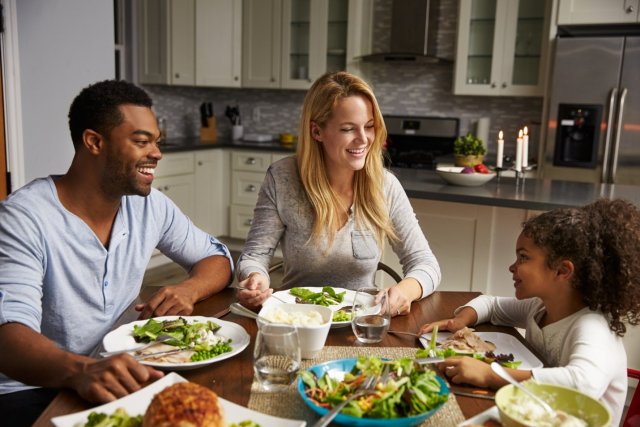
Cooking and Preparation Tips
- Produce that is past its prime, as well as odds and ends of ingredients and leftovers, may still be fine for cooking. Repurpose these ingredients in soups, casseroles, stir fries, frittatas, sauces, baked goods, pancakes, or smoothies. You’ll avoid wasting these items and may even create new favorite dishes.
- If safe and healthy, use the edible parts of food that you normally do not eat. For example, stale bread can be used to make French Toast or croutons, beet greens can be sautéed for a delicious side dish, and vegetable scraps can be used for soup stock.
- Learn the difference between “sell-by,” “use-by,” “best-by,” and expiration dates.
- Aim to cook and serve the right portions for the number of people you are feeding.
- Freeze, pickle, dehydrate, can, or make jam/jelly from surplus fruits and vegetables - especially abundant seasonal produce.
- Don’t leave perishable food at room temperature for more than two hours.
- Refrigerate or freeze any leftovers in clear, labeled containers with dates.
Toolkits for Your Home and Your Community
EPA developed two social marketing campaign toolkits for preventing food waste in your community and at home.
"The Preventing Wasted Food in Your Community: A Social Marketing Toolkit" is a resource for states, territories, local governments, Tribes, and nongovernmental organizations who want to start a behavior change campaign to prevent food waste in their communities. It is designed to be used by governments and NGOs to help people reduce wasted food in the home. The toolkit includes a planning process that uses social marketing principles to ensure communities are tailoring campaigns to their individual needs.
The toolkit walks you through the steps to design a behavior change campaign in your community. It moves beyond an education/awareness campaign by identifying barriers people face in reducing their food waste and highlighting motivators that help overcome those barriers. The toolkit offers an implementation and evaluation plan. It also includes wasted food prevention campaign materials created by municipalities and organizations that are available for use and customization by any community.
The Food: Too Good to Waste Toolkit will help you figure out how much food is really going to waste in your home and what you can do to waste less. By making small shifts in how you shop for, prepare, and store food, you can save time and money. It can also keep the valuable resources used to produce and distribute food from going to waste!
Food: Too Good to Waste also contains an Implementation Guide that is designed to teach local governments and community organizations how to implement a Food: Too Good to Waste campaign in their community using the Toolkit.
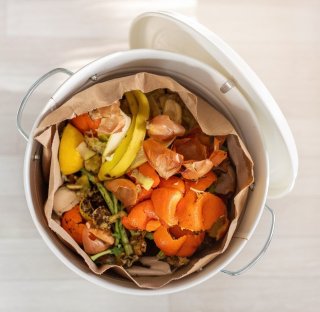
If You Can't Reduce Wasted Food, Divert It From Landfills
- Nutritious, safe, and untouched food can be donated to food banks to help those in need.
- Compost food scraps rather than throwing them away. Learn more through this infographic on composting (pdf).
Composting Food Scraps in Your Community: A Social Marketing Toolkit
If you are with a state, territorial, or local government, Tribe, or another organization that wishes to create composting campaigns, check out our "Composting Food Scraps in Your Community: A Social Marketing Toolkit." This toolkit is for communities that wants to:
- launch new food scrap composting programs,
- increase participation in existing food scrap composting programs, or
- reduce contamination in their compost collection streams.
It is designed to assist agencies that offer curbside collection or drop-off locations for residential food scraps. The toolkit includes a planning process that uses social marketing principles to ensure campaigns are tailored to their community's needs.
Resources
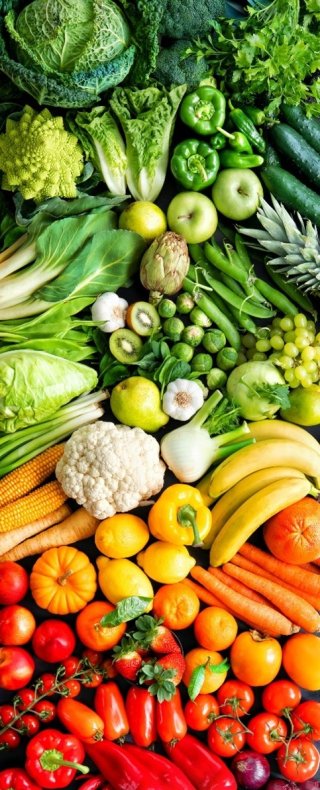
U.S. Department of Agriculture:
Infographic- Easy Steps to Prevent Food Waste (English, Chinese (pdf), Spanish (pdf).
Video- Tips to Reduce Food Waste at Home.
Video- Plan Ahead to Reduce Food Waste (English, Spanish).
Video- Serve Smart to Reduce Food Waste (English, Spanish).
Video- Love Your Leftovers to Reduce Food Waste (English, Spanish).
Refrigeration and Food Safety.
U.S. Food and Drug Administration:
How to Cut Food Waste and Maintain Food Safety.
Date Labels on Packaged Foods Infographic.
Tips to Reduce Food Waste (including three infographics).
Animated Videos with Information on:
- Tips to reduce food waste.
- Understanding date labels on packaged foods.
- The impact of food waste.
- Imperfect produce.
Sources of Statistics
- Estimated from: U.S. EPA, 2019 Wasted Food Report (pdf), 2023.

